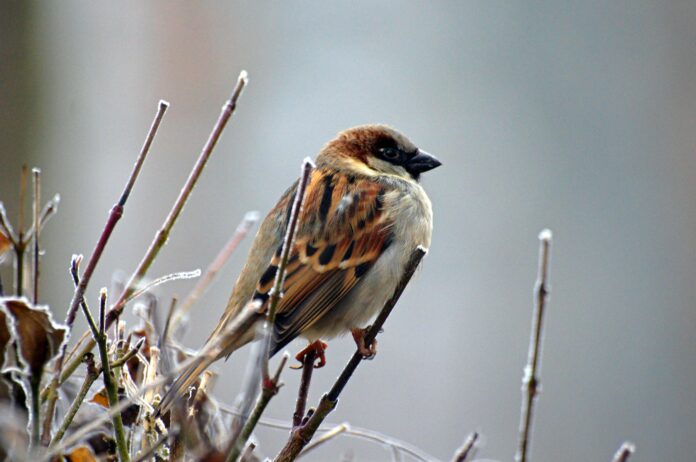Among the many natural spectacles that Earth has to offer, one of the most incredible but puzzling may be the annual migration of birds between their winter and summer habitats.
Despite our claims to intelligence, many humans would struggle to travel a few unguided blocks without getting lost — yet somehow every year, millions upon millions of migratory birds travel thousands of kilometres to their destinations, braving perilous weather conditions, predators, and hunger.
How do they do this? Barring the intervention of divine knowledge, it can seem almost magical to the human eye. Yet as an increasing number of studies are showing us, there may be some very clever biological mechanisms at play.
Genes likely play a role, as may the quantum effects of certain molecules, but as a new study from researchers at the University of Western Ontario suggests, the brains of migratory birds may also be particularly well-equipped to help them navigate the globe.
Cluster N
The catalyst for the study was the fact that migratory birds possess an internal geomagnetic compass that can help them perceive the angles of the Earth’s magnetic fields. The researchers set out to understand where in the brain this ability is processed.
The most likely candidate is Cluster N, a region in the front of migratory bird brains that has been thought to control the internal compass. Previous research has shown that Cluster N is more active during the night in nocturnally-migrating birds and during the migration season overall. Moreover, lesions to this brain region have been shown to disrupt the internal compass of migratory birds.
To further investigate Cluster N, the researchers examined and collected the brain tissues of two groups of migratory white-throated sparrows across two migrations. Overall, 37 birds were captured during their southward migration and transferred to the research facility’s aviaries, where their behaviour was monitored prior to brain tissue extraction.
The birds were divided into three groups: a daytime cohort, a nighttime migratory restlessness cohort, and a nighttime resting cohort. Following this extraction, antibodies were used to label the ZENK gene, which is associated with activation of Cluster N.
Bird Up
Following analysis, the researchers found that there was a significantly higher number of ZENK neurons in the nighttime migratory birds compared to the daytime and nighttime resting groups, indicating an association between Cluster N and migration. Further supporting this conclusion was the fact that there was a significant positive association between the number of ZENK cells and time spent in a migratory restless state.
The researchers conclude that Cluster N is not only associated with migration, but that it is selectively turned on only during nights that birds are displaying migratory behaviour. They hypothesize that a third variable may be responsible for increasing both Cluster N activation and the time a bird spends during migratory restlessness.
Better understanding the mechanisms behind bird migration will also help us reduce our interference with these behaviours. As one of the researchers said in a press release, their research “… informs us and lets us know the full suite of ways that animals perceive the world when they’re migrating and what we as humans need to do to minimize our impact.”








































